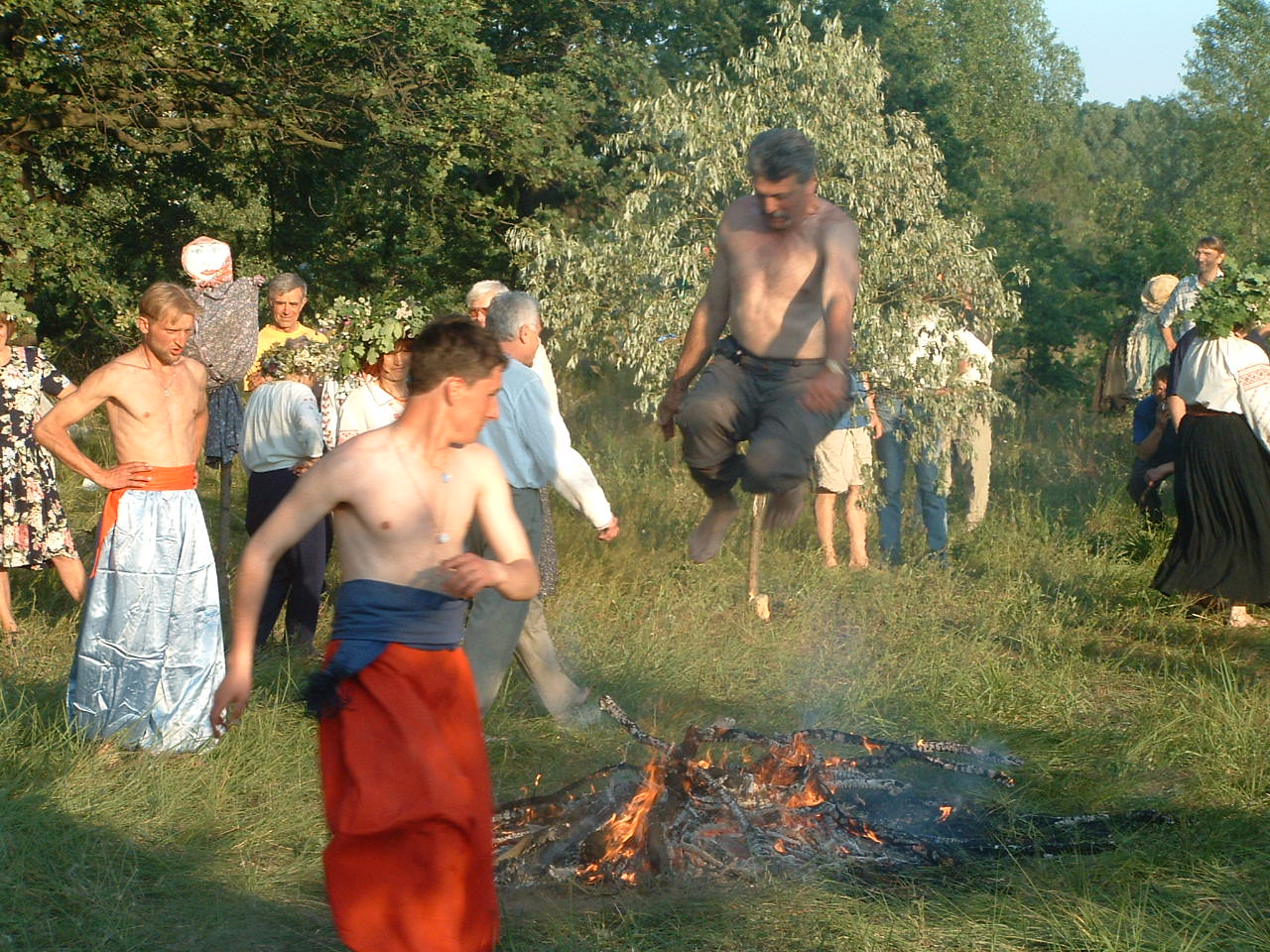
My work in Ukraine dates back to 1989, when I spent a year there as a Canada-USSR Scholar while working on a Master’s in Environmental Studies. As a child of refugee parents who had left Ukraine during World War Two, I was well prepared both to understand the country and to be perplexed by it. (The Ukrainian-Canadian community I grew up in managed to preserve a lot of the pre-war Galician-Ukrainian identity, but all but lost contact with the “mother country” in the intervening years.) At the time, I was studying the “cultural impacts” of the 1986 Chernobyl nuclear accident. With the Soviet Union unraveling, 1989-90 may well have been the most exciting year to be there (before or since, at least within my lifetime) and I found it easy to get involved in some of the cultural, political, and environmental movements of the day.
I’ve been back to Ukraine some ten times since then, for short trips as well as longer research trips. My research in Ukraine has pursued a series of related questions. Most broadly, there is the question of how a newly independent nation-state, born in 1991 in part from the political fallout of a nuclear accident, can find its way amidst the geopolitics of a world still marked by the cold war, and how the politics of identity plays into that.
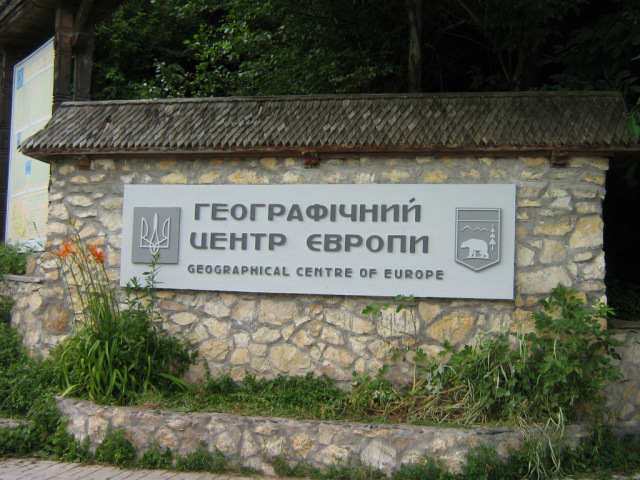
What, for instance, does it mean for the village of Dilove outside the industrial city of Rakhiv in the Ukrainian Carpathians (or another in Lithuania, and another in Poland) to call itself the geographic “center” and “heart” of Europe, at a time when its region is as marginal as any? Or for the nearby village of Sheshory to become a pilgrimage site for lovers of ethnic and world music and “land art”?
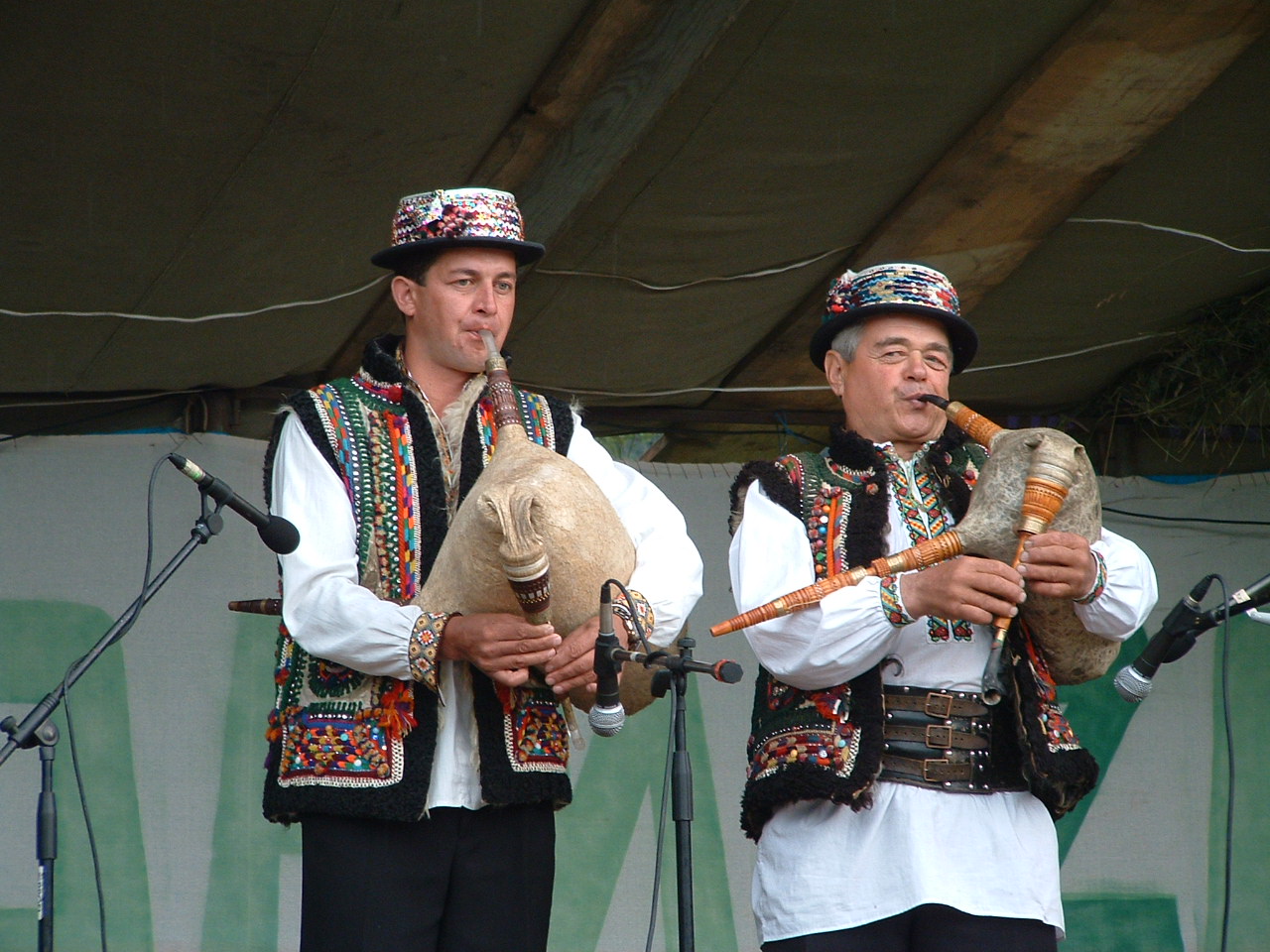
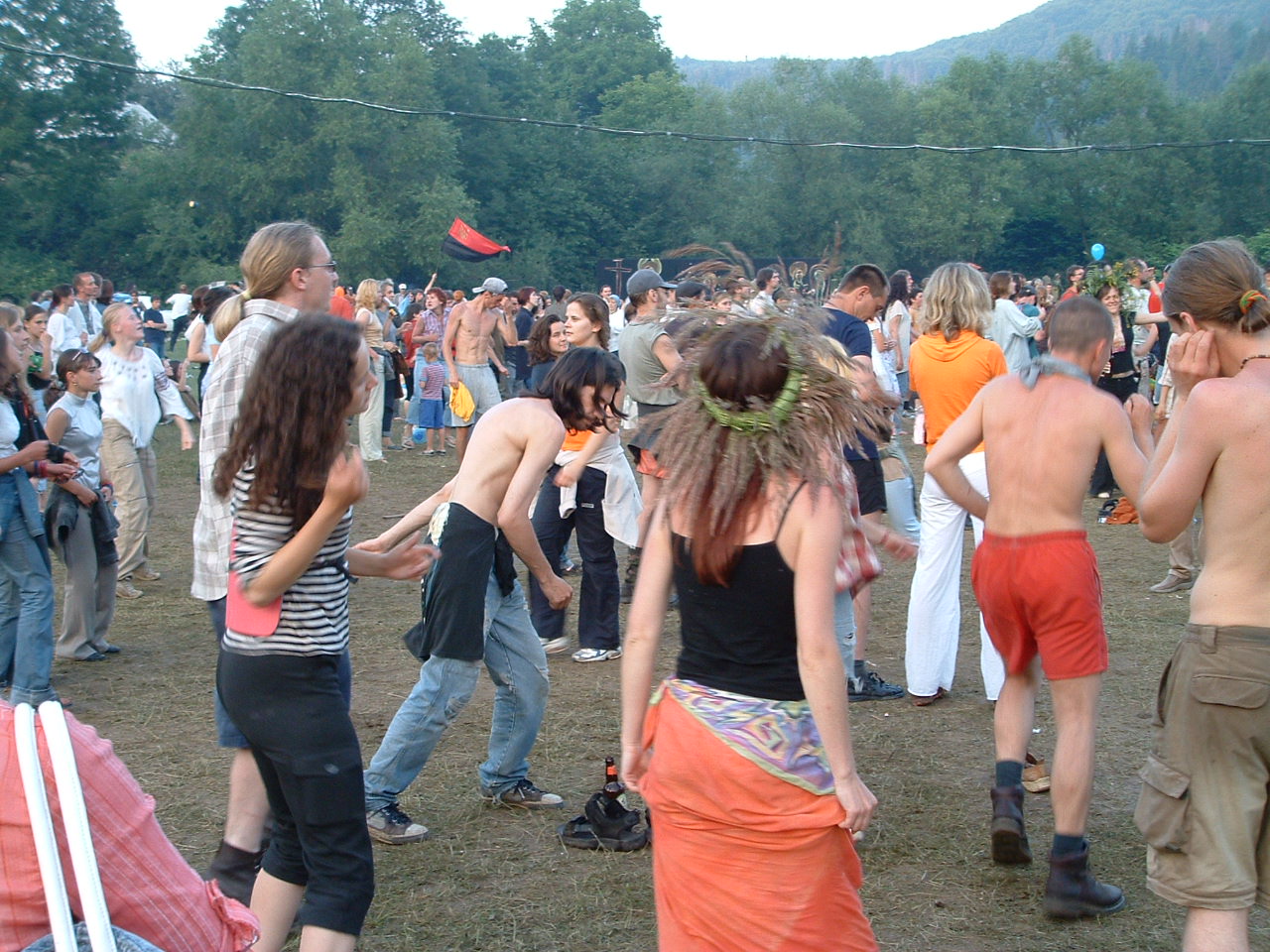
Or for a leading art center in the Ukrainian capital, Kyiv, to host an exhibition of Polish art immersed in the Eastern or “Byzantine” identities of the Ukrainian-Polish borderlands (just in time for the Orange Revolution of 2004)? How are the border spaces between Ukraine and the European Union — a boundary many Ukrainians have been trying for decades to cross, blur, or eliminate — being refigured in national and local artistic discourses?
These articles examine these questions:
- “Stoking the Heart of (a Certain) Europe: Crafting Hybrid Identities in Ukrainian-European Borderlands” ( Spaces of Identity 6:1, 2006, 11-44).
- “Spaces at an Exhibition: Immersive Passages through Central/Eastern European Identities,” Занурення/Zanurzenie/Immersion exhibition catalogue, ed. Jerzy Onuch (Kyiv, Ukraine: Centre for Contemporary Art), pp. 11-19. Ukrainian version reprinted in Krytyka VII (12), 2004, on-line version.
I’ve also returned to the Chernobyl topic a number of times, both as part of a larger, planned project on the politics of heritage (natural and cultural) across the country, and as a topic in its own right — Chernobyl as an “ecological sacrifice zone” and a marker of the Anthropocene, but also of the cold war, the industrial era, and the pockmarked history of the land now known as Ukraine. The following talk at the University of Saskatchewan encompasses several strands of this work:
This earlier talk and the following papers also address different dimensions of this:
- Chernobyl, Risk, and the Inter-Zone of the Anthropocene, in The Routledge Companion to Risk and Media, ed. B. Ghosh and S. Sarkar (2020)
- Late Soviet Discourses of Nature and the Natural: Musical Avtentyka, “Native Faith,” and Cultural Ecology After Chornobyl, with Maria Sonevytsky, in Current Directions in Ecomusicology: Music, Culture, Nature, ed. by Allen and Dawe (Routledge, 2015).
The latter piece overlaps with another theme I’ve pursued over several years: the role of nationalism, identity politics, and concepts of “nature” in the resurgence of Neo-Pagan religion and “Native Faith” in Ukraine. †The question here is: what does it mean for some Ukrainians to reject the Christianity that has defined their country for centuries (albeit eclipsed during the Soviet era) in quest of a “deeper” connection to their land’s “spiritual history,” as they imagine it? Drawing on my own ethnographic research over several years, I examined the uses of and contestations over prehistory — including over archaeological materials and imagined reconstructions of the ancient cultures of Ukraine (Slavic, proto-Slavic, Scythian, Trypillian, Indo-European/Indo-Aryan), by Native Faith proponents and “traditionalist movements” in literature, the arts, and the educational system.
Promoting a “native” Ukrainian identity as a form of resistance to cultural globalization, Westernization, and/or Russian cultural domination, these movements can be viewed as forms of postcolonial liberation, far-right nationalism, or as parts of a broader East European and Eurasian trend toward ethnically defined “cultural ecology,” which draws on regionally specific notions of culture, nature, and identity. These articles present what was, to my knowledge, the first extensive English-language research on the topic (it has since been superseded by the work of Maria Lesiv, on whose doctoral dissertation I was honored to serve as external examiner):
- Nature and Ethnicity in East European Paganism: An Environmental Ethics of the Religious Right? Pomegranate 7 (2), 2005, pp. 194-225. Click for pdf.
- In Search of Deeper Identities: Neo-Paganism and Native Faith in Contemporary Ukraine. Nova Religio 8 (3), 2005, pp. 7-38. (First Prize Winner of Thomas Robbins Award for Excellence in the Study of New Religions, 2005.) Click for pdf.
- “The Revival of Ukrainian Native Faith,” in Modern Paganism in World Cultures: Comparative Perspectives, ed. M. F. Strmiska (ABC-Clio, 2005).
- Articles in The Encyclopedia of Religion and Nature, ed. by J. Kaplan, B. R. Taylor (ed.-in-chief), L. Hobgood-Oster, A. Ivakhiv, and M. York (2 volumes, London: Thoemmes Continuum, 2005): “Neo-Paganism in Ukraine,” “Russian Mystical Philosophy and Nature” (with M. N. Epstein), “Slavic Religion,” and others.
- “Scholarship on the Ancient Eastern Slavs: A Bibliographic Overview.” Ethnic Forum 15 (1995).
- “The Cosmos of the Ancient Slavs,” Gnosis 31 (1994).
Finally, when activists hit the streets in late 2013 and early 2014, I began a blog, called UKR-TAZ: A Ukrainian Temporary Autonomous Zone, to help me follow the unfolding events and offer informed perspectives on them. The blog has continued over the years, in fits and spurts (see below), and has been more fully revived since the Russian invasion of Ukraine began.
Some of my writing and speaking on the topic of contemporary Ukraine has also appeared in the media, both in television and radio interviews and in panels, roundtables, invited talks (such as this one for the Santa Barbara Humanist Society), and the like. Readers interested in following my thinking on Ukraine can also follow me in Twitter and Facebook.
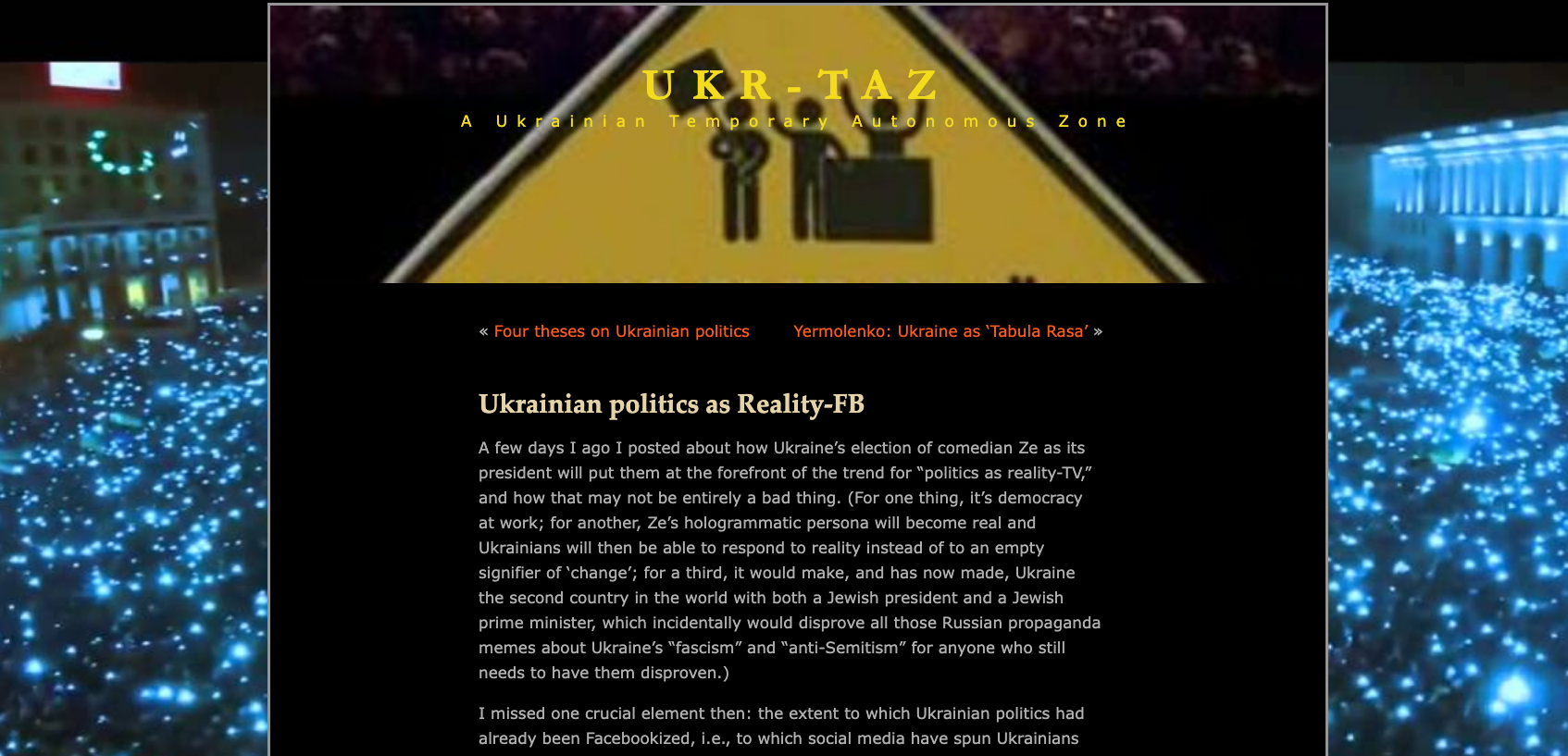
For a bit of ancient history that provides additional context to my interests in these topics, you can read the Ukrainian-language (and occasionally bilingual) journal I used to co-edit with Marko Stech and other members of the Avant-Garde Ukrainian Theatre (AUT/AYT), called Terminus, two issues of which have been scanned and uploaded by the folks at Diasporiana.org.ua, available here and here.
